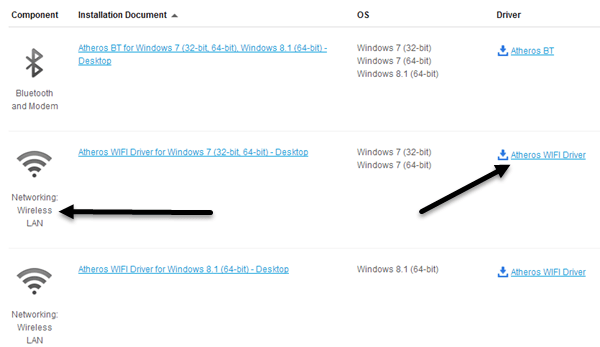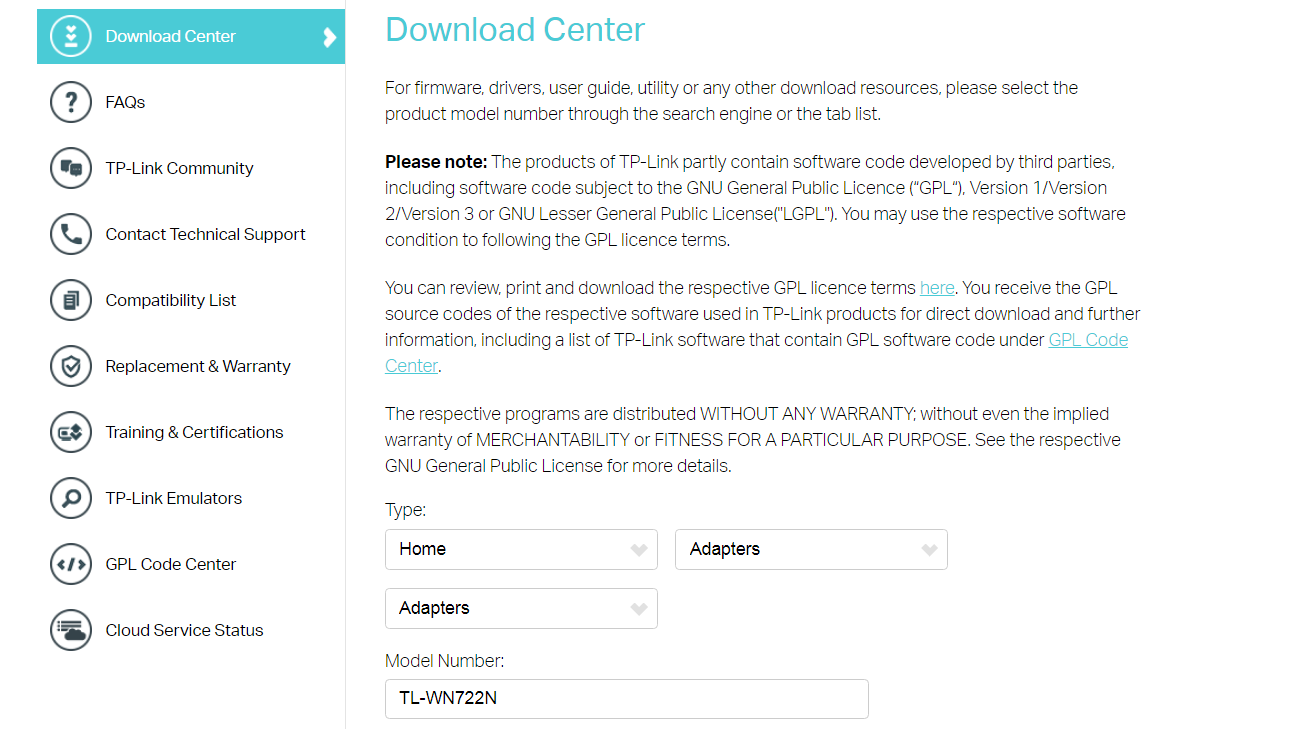Check Point Network & Wireless Cards Driver Download For Windows
- Sk113410 - Mobile Access Portal And Java Compatibility - New Mobile Access Portal Agent Technology
- R80.10 Release Notes
- Check Point Network & Wireless Cards Driver Download For Windows 10
- Check Point Network & Wireless Cards Driver Download For Windows 7
This topic provides a route-based configuration for Check Point CloudGuard. The instructions were validated with Check Point CloudGuard version R80.20.
The 7.01 version of Check Point SSL Network Extender is provided as a free download on our website. The software is included in Internet & Network Tools. The most popular versions of the program 7.0 and 5.4. This download was checked by our built-in antivirus and was rated as virus free. Trying to reset the Virtual Network adapter fails: C: Program Files (x86) CheckPoint Endpoint Connect vnautils.exe -d -ap vna kdebug reset vna::cpNTopen: Unable to open '. Vnaap': The system cannot find the file specified. Processing vna processing kdebug processing reset. Check Point Maestro Hyperscale Network Security Check Point Maestro introduces to the industry a new way to utilize current hardware investment and maximize appliance capacity in an easy to manage Hyperscale network security solution. CHECK POINT SANDBLAST NETWORK – NUMBER ONE IN ZERO-DAY PROTECTION. Check Point SandBlast Network provides the world’s best2zero-day protection, through a combination of evasion-resistant threat emulation, revolutionary AI engines and threat extraction that pre-emptively sanitizes email and web downloads.
This topic is for route-based (VTI-based) configuration. If you instead want policy-based configuration, see Check Point: Policy-Based.
Check Point experience is required. This topic does not include how to add Check Point CloudGuard Security Gateway to Check Point CloudGuard Security Manager. For more information about using Check Point products, see the Check Point documentation.
Important
Oracle provides configuration instructions for a set of vendors and devices. Make sure to use the configuration for the correct vendor.

If the device or software version that Oracle used to verify the configuration does not exactly match your device or software, the configuration might still work for you. Consult your vendor's documentation and make any necessary adjustments.

If your device is for a vendor not in the list of verified vendors and devices, or if you're already familiar with configuring your device for IPSec, see the list of supported IPSec parameters and consult your vendor's documentation for assistance.
VPN Connect is the IPSec VPN that Oracle Cloud Infrastructure offers for connecting your on-premises network to a virtual cloud network (VCN).
The following diagram shows a basic IPSec connection to Oracle Cloud Infrastructure with redundant tunnels. IP addresses used in this diagram are for example purposes only.
Best Practices
This section covers general best practices and considerations for using VPN Connect.
Configure All Tunnels for Every IPSec Connection
Oracle deploys two IPSec headends for each of your connections to provide high availability for your mission-critical workloads. On the Oracle side, these two headends are on different routers for redundancy purposes. Oracle recommends configuring all available tunnels for maximum redundancy. This is a key part of the 'Design for Failure' philosophy.
Have Redundant CPEs in Your On-Premises Network Locations
Each of your sites that connects with IPSec to Oracle Cloud Infrastructure should have redundant edge devices (also known as customer-premises equipment (CPE)). You add each CPE to the Oracle Console and create a separate IPSec connection between your dynamic routing gateway (DRG) and each CPE. For each IPSec connection, Oracle provisions two tunnels on geographically redundant IPSec headends. For more information, see the Connectivity Redundancy Guide (PDF).
Routing Protocol Considerations
When you create an IPSec VPN, it has two redundant IPSec tunnels. Oracle encourages you to configure your CPE to use both tunnels (if your CPE supports it). Note that in the past, Oracle created IPSec VPNs that had up to four IPSec tunnels.
The following two routing types are available, and you choose the routing type separately for each tunnel in the IPSec VPN:
- BGP dynamic routing: The available routes are learned dynamically through BGP. The DRG dynamically learns the routes from your on-premises network. On the Oracle side, the DRG advertises the VCN's subnets.
- Static routing: When you set up the IPSec connection to the DRG, you specify the particular routes to your on-premises network that you want the VCN to know about. You also must configure your CPE device with static routes to the VCN's subnets. These routes are not learned dynamically.
For more information about routing with VPN Connect, including Oracle recommendations on how to manipulate the BGP best path selection algorithm, see Routing for the Oracle IPSec VPN.
Sk113410 - Mobile Access Portal And Java Compatibility - New Mobile Access Portal Agent Technology
Other Important CPE Configurations
Ensure access lists on your CPE are configured correctly to not block necessary traffic from or to Oracle Cloud Infrastructure.
R80.10 Release Notes

Check Point Network & Wireless Cards Driver Download For Windows 10
If you have multiple tunnels up simultaneously, ensure that your CPE is configured to handle traffic coming from your VCN on any of the tunnels. For example, you need to disable ICMP inspection, configure TCP state bypass, and so on. For more details about the appropriate configuration, contact your CPE vendor's support.

Check Point Network & Wireless Cards Driver Download For Windows 7
|
